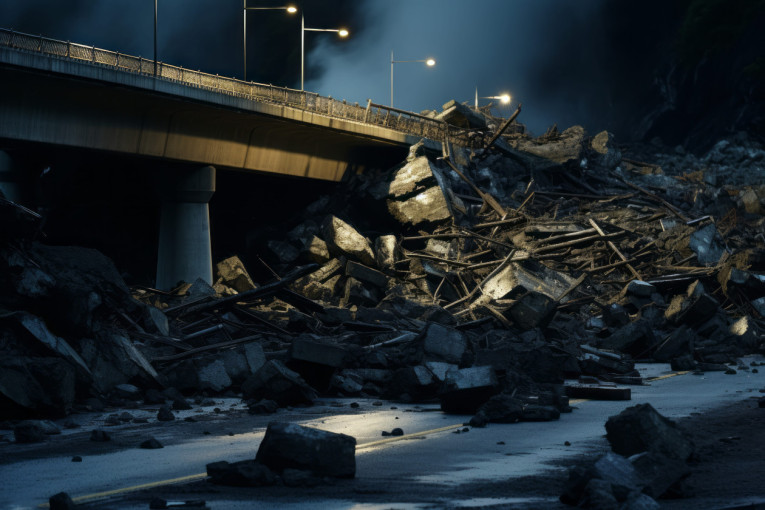
On Wednesday (Sep. 18), a 5.0-magnitude earthquake struck Bandung Regency, West Java Province, damaging thousands of homes and buildings.
The earthquake, which occurred at 09:41 AM, was centered 24 km southeast of Bandung Regency at a depth of 10 kilometers. A day later, a 5.6-magnitude earthquake also hit Morotai, North Maluku.
Three days later, on Saturday (Sep. 21), Gianyar Regency in Bali was also shaken by a 4.8-magnitude earthquake believed to have been triggered by land fault activity in the area.
The series continued in West Kalimantan, where Sanggau Regency experienced a 4.4-magnitude earthquake on Sunday (Sep. 22).
As if that wasn’t enough, on Tuesday (Sep. 24), a 6.4-magnitude earthquake struck Gorontalo for several seconds, with the epicenter located 74 km southwest of the city.
In an official announcement, the Geological Agency of the Ministry of Energy and Mineral Resources (ESDM) stated that the Kertasari fault caused the earthquake in Bandung Regency, not the Garsela fault, as previously predicted.
The Kertasari fault is a newly identified fault located 6.61 km to the west, running parallel to the general direction of the Garsela fault.
Like earthquakes occurring on the megathrust segment, which can cause seismic and tsunami impacts, land fault earthquakes closer to the surface can also result in significant damage.
UGM geological expert Dr. Gayatri Indah Marliyani explained that active faults are difficult to map due to Indonesia’s high rainfall, which leads to higher erosion and rock weathering rates.
This makes it hard to find evidence of active faults on the surface. According to her, both large and small-magnitude earthquakes can provide clues to the existence of active faults. They should be the focus of further research and mapping. Research to identify active faults must continue and be supported by all parties.
“For identified faults, the potential impacts must be carefully mapped so that affected areas can prepare. Communities living near active faults must also increase their vigilance,” she said during an online interview on Tuesday (Sep. 24).
Dr. Marliyani noted that the earthquakes occurring throughout September in Indonesia were caused by different fault systems and mechanisms, meaning they are unrelated.
It must be understood that Indonesia is located in an active tectonic region at the convergence of several tectonic plates, which makes earthquakes common throughout the country.
“Earthquake sources are found both in sea subduction zones and active faults on land. Earthquakes in these two zones do not affect each other,” Dr. Marliyani explained.
Although Indonesia is surrounded by many land-based active faults and megathrust zones, Dr. Marliyani urged the public not to panic and emphasized the importance of education in adapting to and mitigating the impacts of earthquakes.
The first step is to remain vigilant, wherever you are, by being aware of potential earthquake threats. Dr. Marliyani also encouraged families to develop preparedness plans at every level, down to the family level.
“Make personal preparations so we know what to do when an earthquake happens. At the very least, be ready with a disaster emergency kit,” she said.
Collaboration between the government and the public is also crucial in enhancing earthquake disaster preparedness, as individual efforts will not be as effective.
As a concrete step, Dr. Marliyani emphasized the importance of consistent and continuous disaster education carried out by the government alongside other stakeholders.
“This education aims to maintain public preparedness without causing excessive fear,” she concluded.
Author: Triya Andriyani
Post-editor: Afif
Photo by: Freepik

